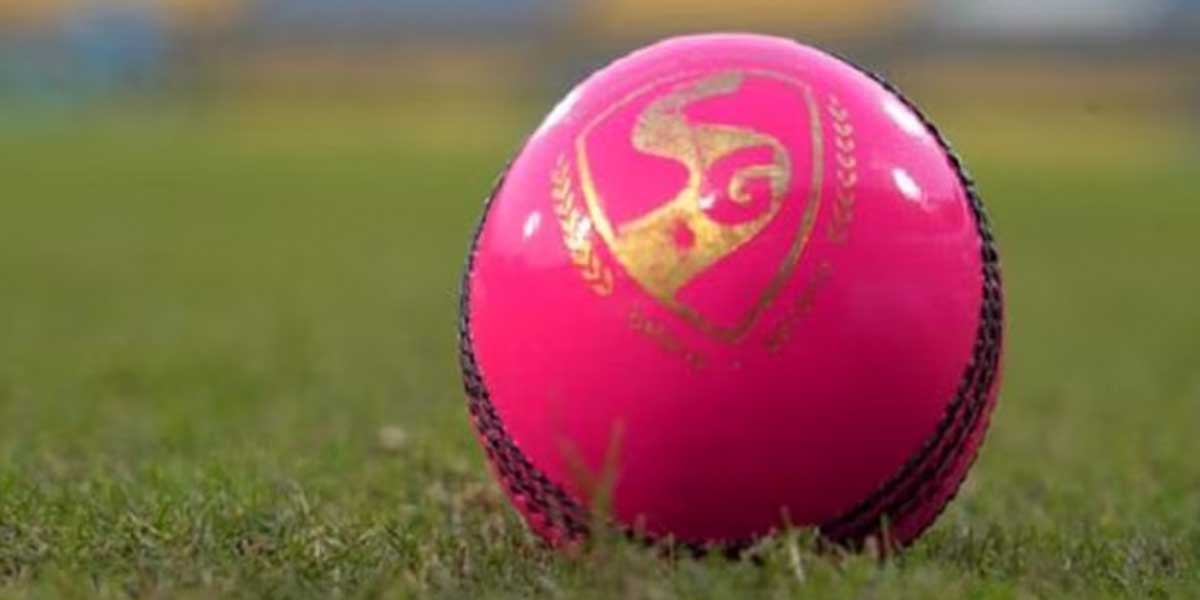Pink-ball Tests will remain in the “corridor of uncertainty” for batters and bowlers. It is still at a very nascent stage, with the full members of the ICC reluctant to roster a pink-ball contest in a series featuring two to five Tests. It is just nine years old in a format seen as the ultimate test even by the multi-day competition’s seasoned campaigners. Having debuted at the charming Adelaide Oval in South Australia in November 2015 and in the form of a scrap between the Steve Smith-led home team and its Tasman rival led by Brendon McCullum, the pink-ball showed its bias with a pronounced unpredictable behaviour in the air and off the pitch. The fast bowlers and their ilk had a field day, with Australia’s Josh Hazlewood and New Zealand’s Trent Boult taking five-wicket hauls in the second innings. The team totals in the match were: New Zealand 202 and 208 and Australia 224 and 187 for 7. The low-scoring game ended in a three-wicket victory for Australia, which has played seven Tests of the pink-ball variety in Adelaide and maintained a clean record of seven wins. India lost the Adelaide Test match of 2020 by eight wickets, shot out for 36 in the second innings, with Hazlewood and Pat Cummins playing havoc. India has played four pink-ball Tests and won three, all at home in Kolkata, Ahmedabad and Bengaluru. After a spectacular win in the first Test in Perth, where Jasprit Bumrah was the big game-changer, India will have to cross the pink-ball hurdle to win the big points and enhance its chances of advancing to the ICC World Test Championship final.

 Politics
Politics Business
Business Entertainment
Entertainment Sports
Sports Celebrities
Celebrities






